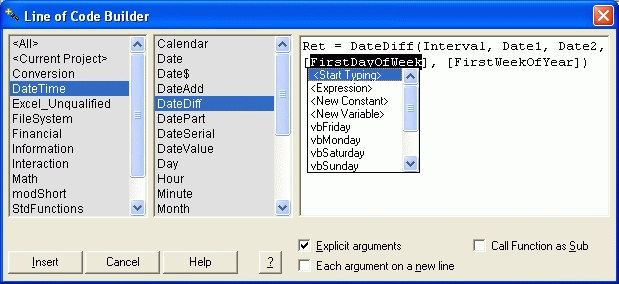
- UNITY CATLIGHT CODING MATH BASICS UPDATE
- UNITY CATLIGHT CODING MATH BASICS FULL
- UNITY CATLIGHT CODING MATH BASICS CODE
UNITY CATLIGHT CODING MATH BASICS FULL
Other functionsįor the full list of functions in the Mathf class, see the Mathf script reference. Additionally the Log10 function returns the base–10 logarithm of the specified number. The Log function allows you to calculate the logarithm of a specified number, either the natural logarithm or in a specified base. These simple helper functions are often useful in games or apps and can save you time when you need to limit values to a certain range or repeat them within a certain range. Note that the Vector classes and the Quaternion class all have their own interpolation functions (such as Quaternion.Lerp) which allow you to interpolate positions, directions and rotations in multiple dimensions. See the examples in each for more information: Each of these functions behaves in a different way, suitable for different situations. Unity’s interpolation functions allows you to calculate a value that is some way between two given points. These are useful when working with common binary data sizes, which are often constrained or optimized to power-of-two values (such as texture dimensions): Unity provides the common power and square root functions you would expect:Īs well as some useful power-of-two related functions.

PI is available as a constant, and you can multiply by the static values Rad2Deg or Deg2Rad to convert between radians and degrees. TrigonometricĪll Unity’s trigonometry functions work in radians. For an exhaustive reference of every member of the Mathf class, see the Mathf script reference. This page provides an overview of the Mathf class and its common uses when scripting with it.

In the next lesson, we will learn about rigidbodies and collisions.Unity’s Mathf class provides a collection of common math functions, including trigonometric, logarithmic, and other functions commonly required in games and app development. You can even adjust the speed in real-time so you do not have to stop and start it all the time. Make sure to check out our Knowledge Base for commonly asked Unity questions. If you are a new user to Unity Answers, check out our FAQ for more information. To help users navigate the site we have posted a site navigation guide. To stop the game, simply press Play again. The best place to ask and answer questions about development with Unity. Try pressing the arrow keys and moving around. Now, click Play and see your first small game in action! This is important because a higher value will make the player move too fast. Now that you are done, change the value of the speed in the GameObject’s properties to say 0.8.
UNITY CATLIGHT CODING MATH BASICS UPDATE
Unity will automatically update all scripts once it compiles successfully, so you don’t have to reattach the script again and again. For the x value, we provide the sum of the object’s current position and its speed, effectively adding some amount every frame the key is pressed to its position. The Vector2 takes 2 parameters, which are its x and y values respectively. Next, we are updating the position of our gameObject to a new position defined by creating a new Vector2. The GetAxisRaw method is slightly harder to understand, so we’ll get back to that later. The Input class is responsible for getting input from the user in the form of key presses, mouse input, controller input, and so on. This method returns -1, 0 or 1 depending on which key the player has pressed on the up/down/left/right arrows. = new Vector2 ( + (h * speed),įirst of all, we make a floating point variable named h (for horizontal), and its value is given by the Input.GetAxisRaw method.
UNITY CATLIGHT CODING MATH BASICS CODE
To do so, we will add the following code −įloat h = Input.GetAxisRaw(“Horizontal”) If there is a user input, read the directions of input.Ĭhange the position values of the object’s transform based on its speed and direction. Let us now consider the objectives for the Update method − Since the speed value is adjustable and need not be changed in code all the time, we can use update() method instead of start(). If you do it correctly, this is what you should see in the GameObject’s properties − Next, drag and drop the script from the Assets onto the GameObject. (You can see when it is compiling by the icon in the bottom right corner.) If we save this script without touching the other methods, it should compile in Unity. The variable shows up as a modifiable field inside the editor, so you don’t have to manually adjust the values in code. Making a variable public in Unity has a great advantage − Let us create a public float variable named speed. Now, open the script and you should see the same stuff you saw in the last lesson. Create a new script, and name it “Movement”. This is not restricted to the Transform either all components in Unity have properties, which are accessible through variables in scripting.

What is special is that the Transform of a gameObject also shows up as variables in the scripting side of Unity so we can modify it via code. Remember that every GameObject has at least one component − Transform. This should help us understand the workflow of Unity scripting more easily. In this lesson, we will write code that makes a gameObject move up, down, left and right based on the user’s input.


 0 kommentar(er)
0 kommentar(er)
